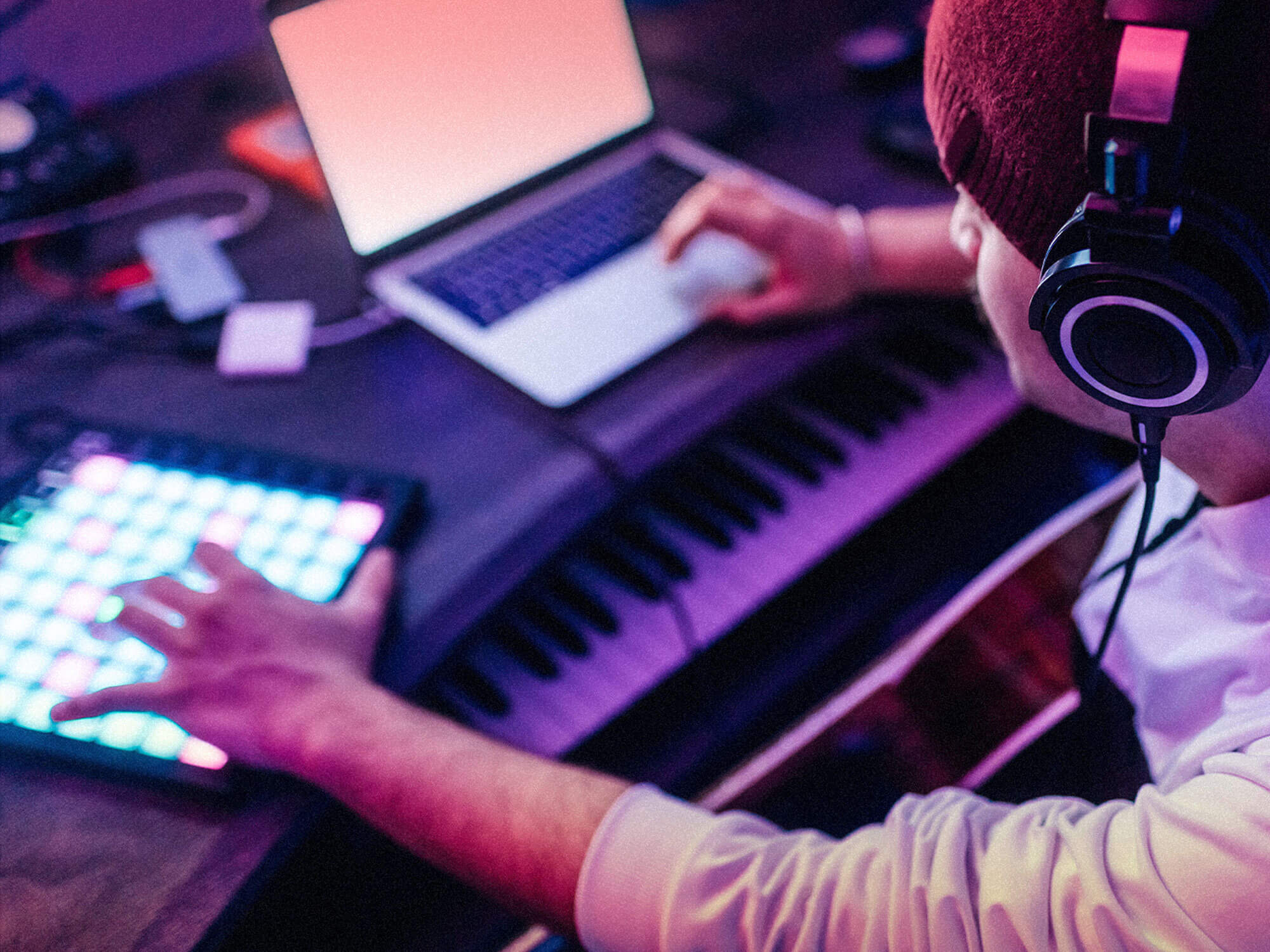
Beginner’s Guide: How to build a music production setup for under $500
Get set up to make music at home without breaking the bank.
Music production is a fun and creatively rewarding endeavour. But it can also be prohibitively expensive, especially for those just getting started. There can be a lot to buy when setting up a home studio, from speakers and MIDI controllers to software and synthesizers. Thankfully, the gear has never been more affordable, with plenty of low-cost high-quality products now on the market. With software, much of it is free too.
It’s helpful to set a budget when putting together a studio. We’re setting our cap at $500, and assuming you already have a computer or smartphone. If not, there are a number of affordable options available – just be sure to check the technical requirements of the DAW (digital audio workstation) you plan to use.
Higher prices don’t necessarily mean better music. French electronic duo Justice made their first album, 2007’s Cross, using GarageBand, a free DAW, while The Internet guitarist Steve Lacy recorded his 2017 self-titled mixtape onto his iPhone. Many hit songs were even recorded using the built-in microphone on a laptop, such as Clairo’s Pretty Girl, currently sat at 80 million streams on YouTube. The most important thing is to get started any way you can then upgrade in the future, if you need to.
Audio interface
Aside from your computer or smartphone, the first thing you’ll need is an audio interface. This device converts analogue audio signals from a microphone or musical instrument into digital for use inside the computer and then back into an audible analogue stream for playback via monitors or headphones. Audio interfaces can connect to your computer or smartphone in a number of ways, the most common being via USB. For a complete guide to audio interfaces, check here.
Audio interfaces come in a variety of input and output configurations. But at the very least you’ll need a single input to record a microphone or external instrument, and a pair of stereo outputs for speakers, as well as a headphone output. If you’re using an iOS device as your hub, it’s likely you’ll need an Apple Lightning to USB 3 camera adapter to establish the connection, and potentially a USB hub for powering the audio interface.
Audient’s EVO 4 is a superb option for desktop and mobile producers, offering two inputs and a JFET direct input for $129. Focusrite’s Scarlett series is extremely popular too. Its entry-level two-input unit Solo will set you back about $120. Behringer offers a similar interface, the UMC22, for $85. Native Instruments’ Komplete Audio 1 and 2 have similar specs and cost about $90 each.
If you plan to use external electronic instruments with DIN MIDI cables as opposed to USB MIDI, you’ll need DIN MIDI in and out ports. This will bump up the cost but will be cheaper than buying a separate MIDI interface. PreSonus’ Studio 24c adds MIDI in and out to a two-in, two-out configuration for $159, while Roland’s Rubix 22 will get you there for $160.
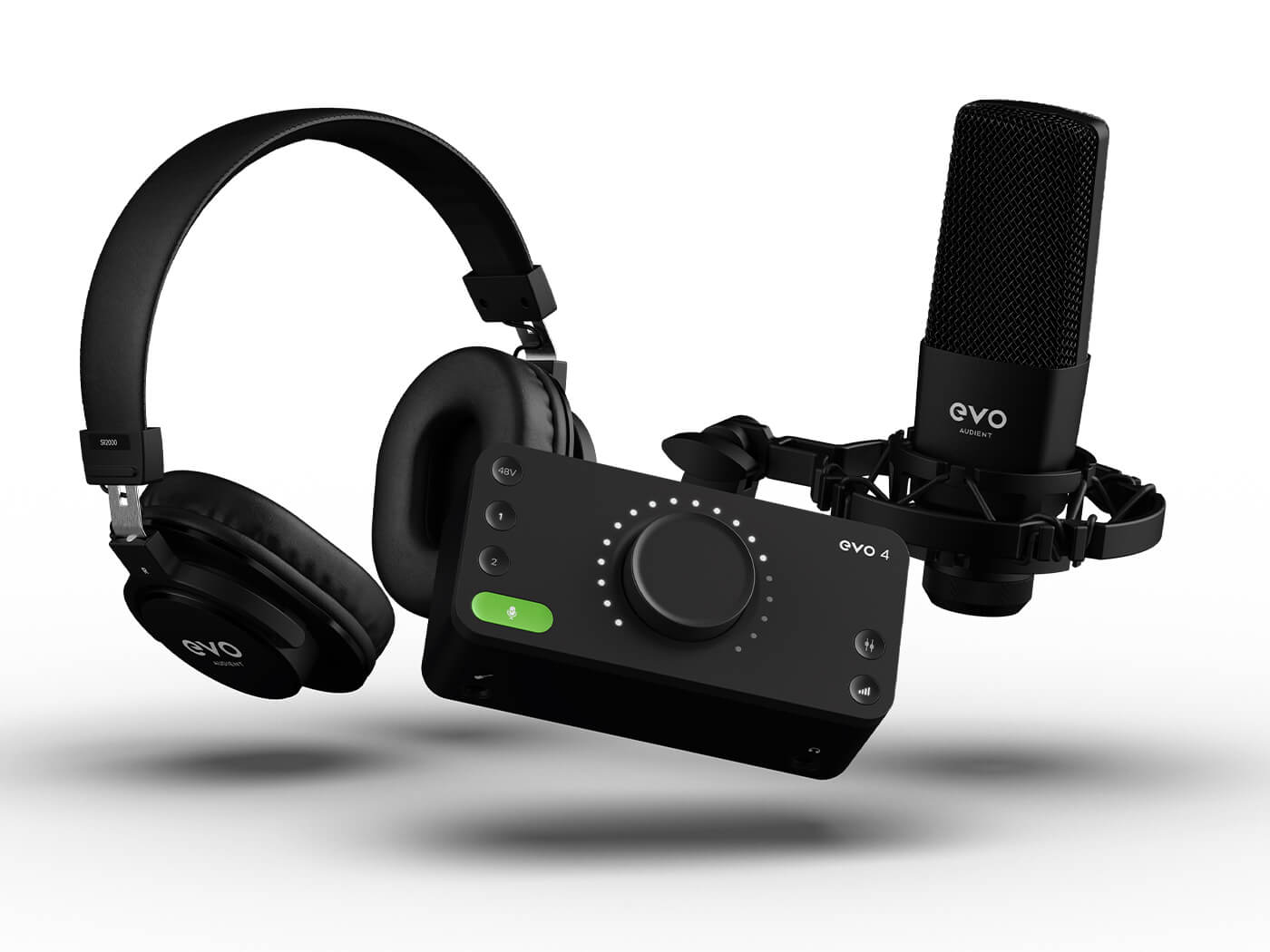
Studio monitors
For the best-sounding results, you’ll need a reliable pair of studio monitors or headphones for critical listening and mixing. You might get away with home stereo speakers but they won’t give you the kind of flat frequency response required to make accurate mixing decisions. Read more about the benefits of studio monitors here.
As with other music production technology, the price of decent studio monitors has been falling to meet the needs of new producers for years. M-Audio’s BX5-D3 five-inch speakers will set you back $150. For even less, you could pick up a pair of five-inch Alesis Elevate 5 MKIIs or three-inch Mackie CR3-XBTs. While checking the technical specs will suggest a set’s potential, you really need to audition monitors in person to best decide what works for you.
Studio headphones are indispensable for home music producers. As with studio monitors, it’s best to use dedicated studio headphones over those for general listening, as they’ll have a flatter response. But why use headphones at all? Many listeners will experience your music on headphones so it’s essential to check your mixes this way as well.
Headphones can also be a godsend for producers living in apartments and similar living situations where getting loud isn’t an option. Read up on studio headphones here.
Headphones come in two general types: closed and open-back. Closed-back headphones, such as Sennheiser’s HD 206s ($25) and Status’s Audio CB-1s ($80), hold sound in. This can create an immersive listening experience and prevents audio leakage, which can interfere with tracking vocals or recording acoustic instruments.
Open-back headphones, such as Beyerdynamic’s DT990 Pros ($150), are the opposite. They allow air to pass through, resulting in a more natural soundstage. But this means they’re not suitable for recording with microphones. As with monitors, try out prospective candidates before you buy, checking both audio quality and comfort.
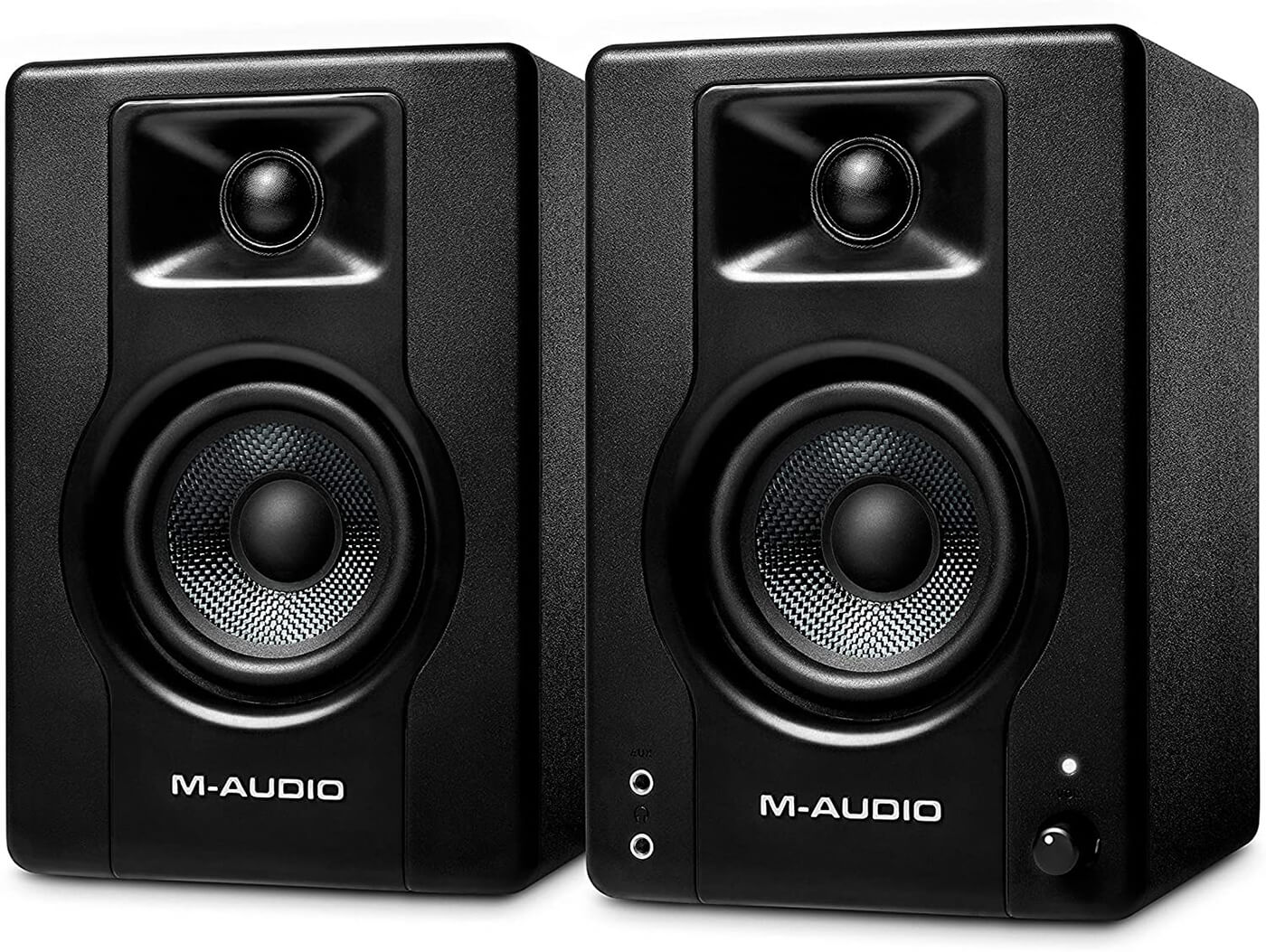
MIDI controller
You’ll likely want a MIDI controller to input notes and other information into your DAW, though you could get by with just your computer keyboard and mouse. For more on MIDI controllers, check out our guide on the best MIDI controllers for under $300.
Dedicated MIDI controllers can have piano-style keys, knobs for adjusting parameter values, pads for finger drumming, and more. These will give you tactile control over your DAW and virtual instruments, optimising your workflow and, ultimately, making the production process more fun.
Starting at the low-end of the price spectrum is the Nektar SE25 ($50). If all you need is keys, this is a solid start. Novation’s LaunchKey Mini Mk3 is $109 and has two octaves of keys, eight knobs and 16 pads for drums and launching clips in Ableton Live. At $120, Akai’s popular MPK Mini Mk3 offers two octaves of keys, eight knobs and eight pads.
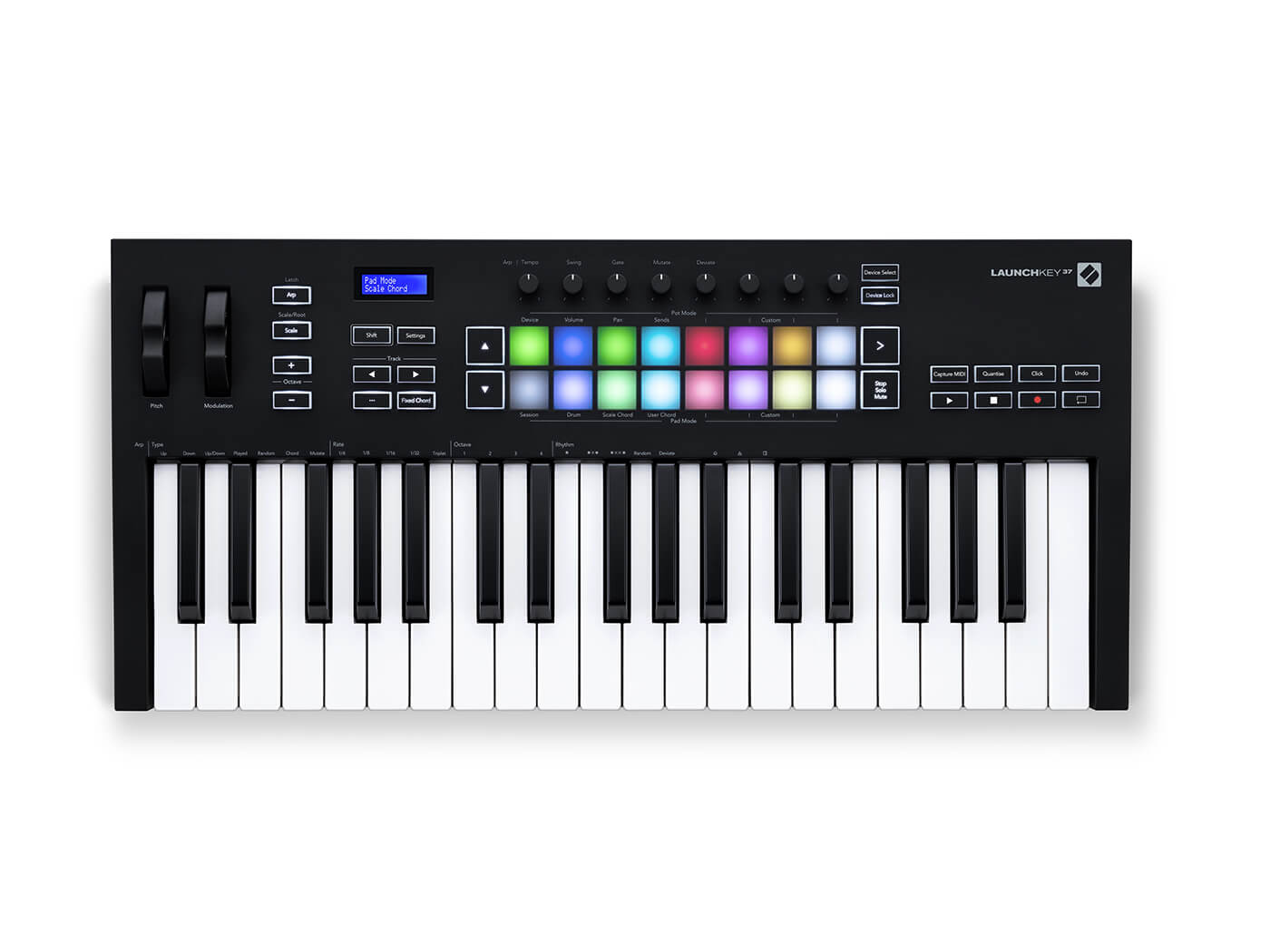
Digital Audio Workstation (DAW)
Most modern music is made using a DAW. This is a program that combines MIDI sequencing, audio recording and mixing into one software package. Some of the better-known DAWs include Pro Tools, Logic Pro, Ableton Live, FL Studio and Cubase. These are powerful software packages but often sport prices to match.
But you don’t have to let a low budget stand in the way of your music-making, as there are free DAWs out there too. Mac and iOS users will already have GarageBand installed on their device, while BandLab offers two free options, Cakewalk and BandLab, the latter cross-platform and accessible via iOS and Android, and via your desktop browser.
There’s also Tracktion Waveform Free, Pro Tools First, and Studio One Prime, among others. These are free so you have nothing to lose by downloading them and trying them out.
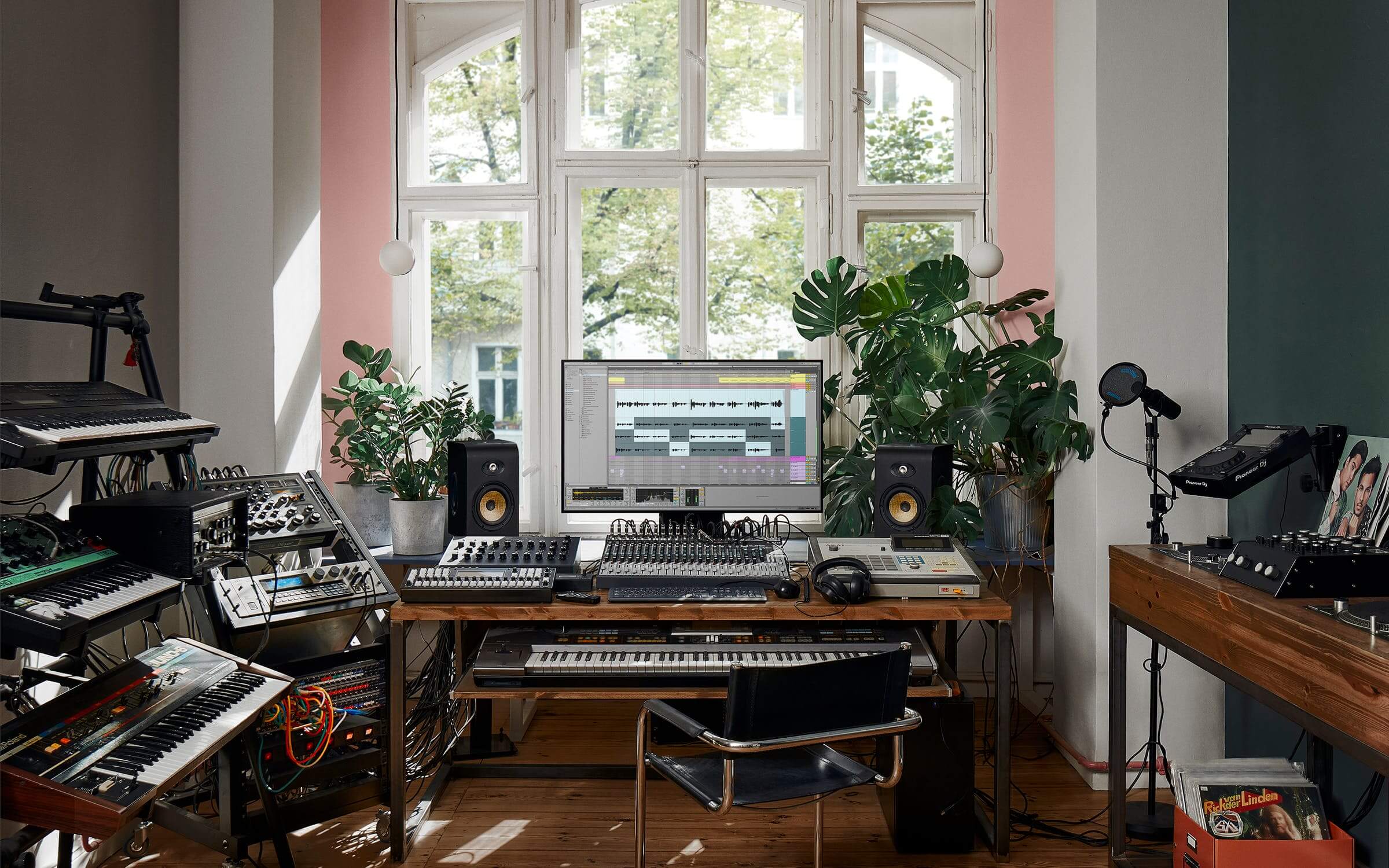
Plug-ins for your DAW
Most DAWs come with a set of plug-in instruments and effects that let you mix, master, design new sounds, and process audio. But it can be useful to have more plug-ins at your disposal.
Plug-in prices run the gamut from surprisingly cheap to eye-wateringly expensive but, thankfully, many exceptionally pro-sounding plug-ins are free. We round up the best free plug-ins every month in a guide that you can read here.
Another option for stocking up on plug-ins on a budget is subscription services, such as those by Native Instruments, Roland Cloud, Slate Digital and Plugin Alliance. Many offer both monthly and yearly payment options and include instruments as well as effects. Another subscription type to consider is a sample-based instrument like Output Arcade or Capsule’s Soundslates.
If the idea of subscribing to a plug-in service doesn’t appeal, try Splice, which runs a rent-to-own service. You’ll find some of the world’s most popular virtual synths, such Xfer Records’ Serum and the Korg Collection 3, and effects such as Arturia’s FX Collection 2 bundle, on offer here.
Sample loops and one-shots have become an integral part of modern music-making too. BandLab Sounds is a free online library of more than 10,000 samples, from drum machine hits to Rhodes chord packs and vocal chops. Artist-created packs are also available and are worth checking out. You may wish to subscribe to a sample subscription service such as Splice or Loopmasters too.
- READ MORE: The 10 best websites for free music samples
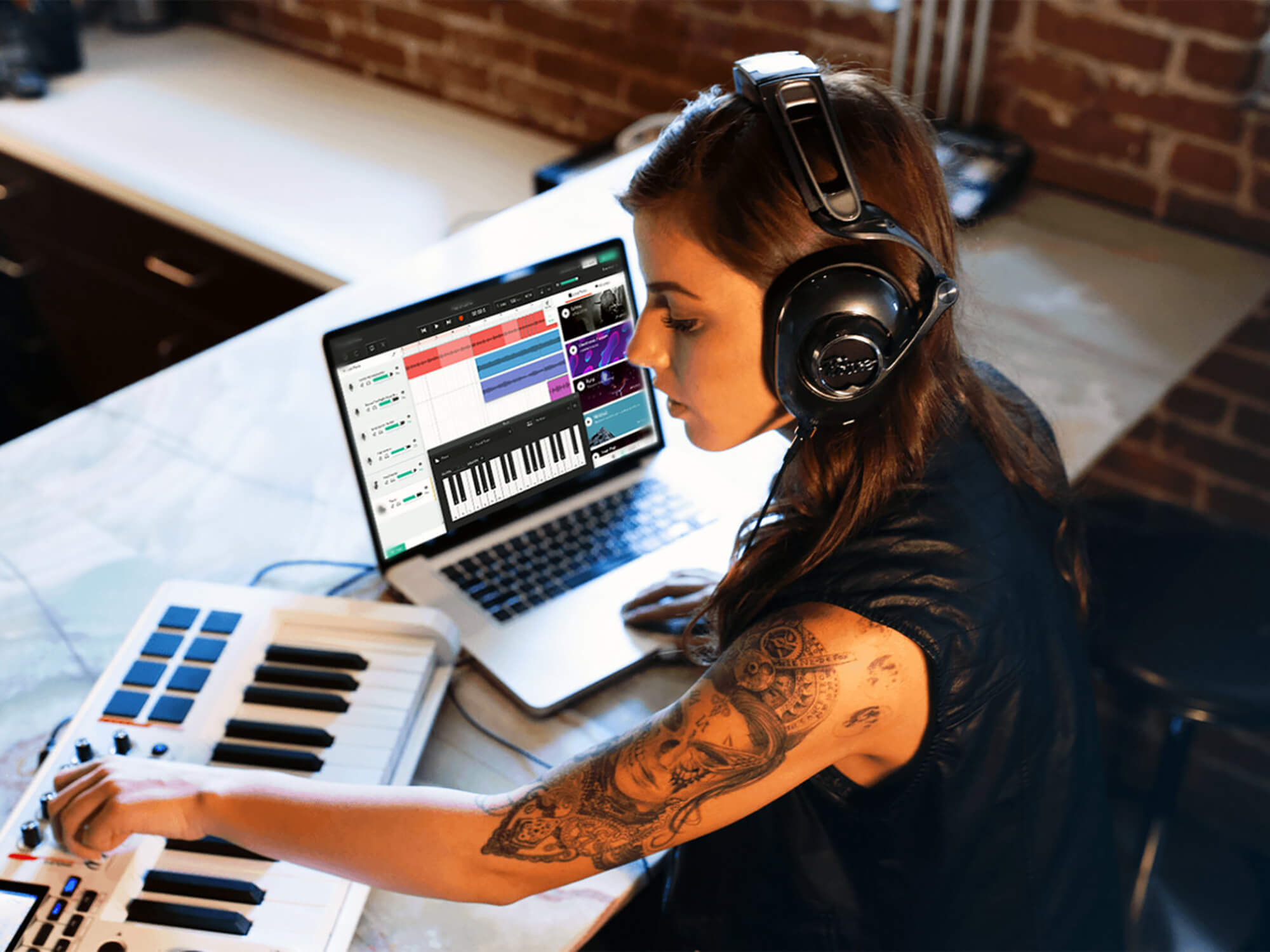
Hardware Synthesizer
Hardware synthesizers are having a renaissance right now, with a plethora of exciting and affordable instruments on the market. If you still have money left over after getting the basics sorted, consider a hardware synth. These tactile devices inspire in ways that software can’t, and you can even use some hardware synths as MIDI controllers (so long as you have a MIDI interface as mentioned above), making them more flexible.
Behringer’s Crave is a fun desktop unit with a built-in sequencer and USB MIDI for $220, while the Korg Volca FM ($170) is an exciting way to bring 1980s-style FM tones to your productions.
- READ MORE: 17 of the best synthesizers under $600
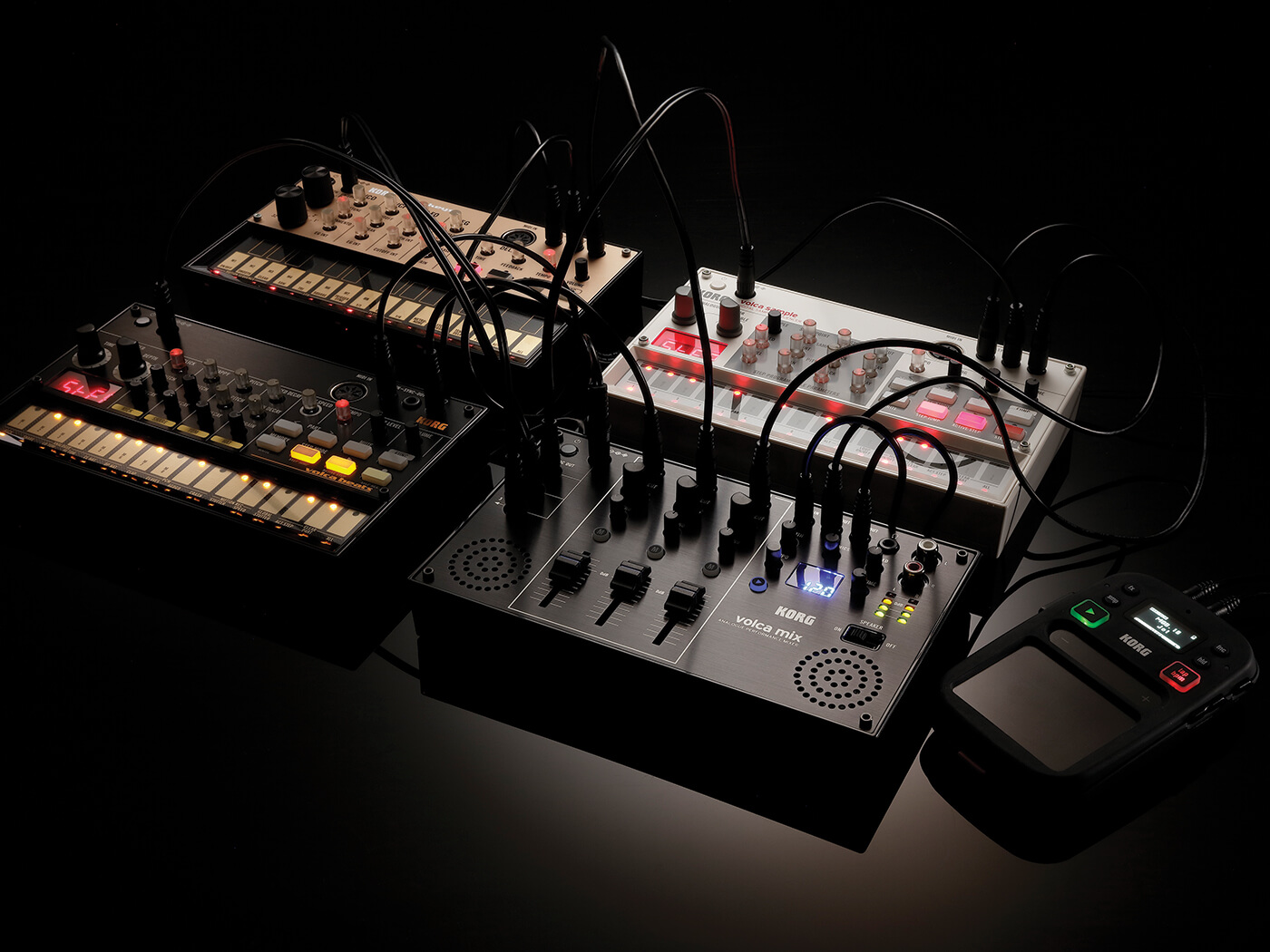
Final Advice
With these suggestions, you should be able to put together a home studio that fits your budget and personality. When selecting gear, don’t get too hung up on what your favourite artists or social media influencers use. It isn’t about what you have but what you do with it.
For more tips on how to build a studio from professional producers, artists and engineers such as Nicky Romero, Dot, BT, Riton and more, check out our guide here.